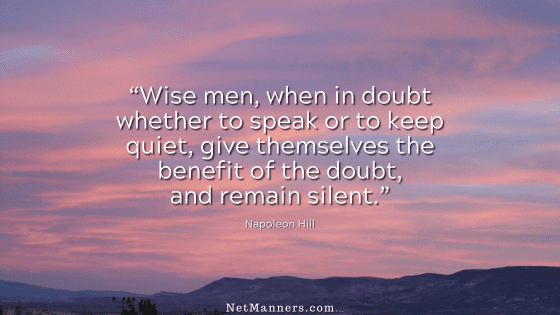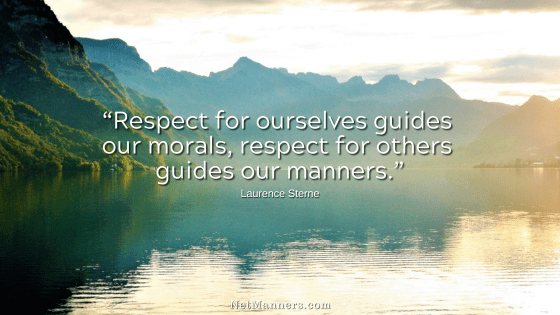e-Tattling @ Work

Have you found yourself involved in an e-tattling situation? E-tattling occurs when one coworker emails another coworker with a request. When that request does not receive a response fast enough, is declined, or is challenged, e-tattling begins.
The requester follows up with a demanding, sometimes hostile, or accusatory second request. But that’s not all…
They also Cc a supervisor, manager, or any number of other coworkers that they think will step in and force the recipient, you, to comply with their request. Or they share their emails with uninvolved parties in the workplace.
This is an e-tattler.
The e-tattler thinks that e-tattling, informing management, shaming, or embarrassing those involved will help them get their way or create opinions with others of those they disagree with. Little do they know that this approach backfires most of the time.
Adults Do Not Behave This Way
These tactics rarely work. An approach like this strains relationships even further and reflects the e-tattler’s lack of maturity.
Another consideration is that a reply may not be forthcoming, especially if this tactic is jumping the gun and the other party is unavailable, out of the office, homesick, or for any other legitimate reason. When this happens, more time is left for your commentary to marinate and sink in.
So, how do you handle e-tattling at work?
e-Tattlers Beware
Anyone who would resort to e-tattling (and many do based on what is shared with me) makes their lack of sincerity and professionalism apparent. In the workplace, teamwork and communication are key. How do you believe earning the reputation of an e-tattler will impact a career?
If you are on the receiving end of this type of behavior, you have no choice but to take the high ground. Know that, most likely, the other person will end up looking petty in the process.
A good guideline is not to add additional contacts after a conversation is underway when you cannot deal with a difference of opinion, lack of response, or whatever upsets you. Walk away. Start a new thread when cooler heads can prevail.
Set an Example
You do not want to stoop to their level by responding in kind. Leave them “out there” with these actions and let others come to their conclusions about whether they behaved adequately.
Meet with the e-tattler in person. Schedule an in-person meeting with those involved. You want to resolve the issue professionally, reflecting your ability to work in a team.
What do you do if you are contacted by any Cc’d contacts? Share your side of the situation calmly and unemotional in an email with that one contact. No personal digs at the e-tattler — stick to the facts. Do not use “reply to all.”
Suppose you are the e-tattler; shame on you! It is understandable to be frustrated when someone doesn’t respond as you like. But Cc’ing managers, supervisors, or coworkers for no reason other than to tattle is unacceptable in the workforce.
When you do not get the desired response, pick up the phone or meet personally with the individual involved to try and resolve the issue. To begin Cc’ing (or worse yet, BCc’ing) others with your comments or accusations will do nothing but expose your inability to communicate professionally. This skill is increasingly critical to a successful career.
I have an entire site that covers using email in business communications, which you can bookmark and review as needed: BusinessEmailEtiquette.com.
Do you have a topic or question you would like me to cover on my blog? Let me know here!







